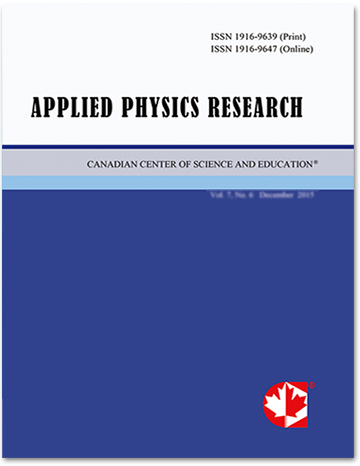Use of Machine Learning Combined With UV-VIS-NIR Spectroscopy to Monitor Okra Plant Growth and Development in Controlled Light Environment
- Banah Florent DEGNI
- Tanon Lambert KADJO
- Gbah KONE
- Raymond GBEGBE
- Cissé Théodore HABA
Abstract
Climate change has led growers with uncertainty on crop growth, development, quality and yield. Thus there is a critical need to set up proper tools to help growers follow up their crop during the growth period and ensure better production at the end. In this context we used predictive machine learning models for predictions of Okra development in a controlled lighting environment based on UV-VIS-NIR spectroscopy. Fluorescence and reflectance spectroscopy data was collected from several leaves of Okra grown under different artificial lighting condition, then vegetation spectral indices were computed and used as features for the prediction of four growth and development parameters namely Plant Height (PH), Leaf Number (LN), stem diameter (SD) and Leaf Area Index (LAI). The different trained machine learning models explicitly Linear regression, K-nearest Neighbor, Support Vector Machine, Single Tree, Random Forest, Gradient Boosting, extreme Gradient Boosting (XGBoost), Light Gradient Boosting Machine (LightGBM) and Categorical Boosting (CatBoost) give good performance in the prediction of PH (R2 ranged from 0.93 to 0.97), LN (R2 ranged from 0.88 to 0.94), SD (R2 ranged from 0.95 to 0.98) with the tree-based algorithm outperformed the others. However, these trained models give poor performance on the prediction of LAI (R2 ranged from 0.25 to 0.37). Furthermore, the most responsive features and vegetation spectral indices were also identified using Shapley Additive Explanations. This work aims to help growers to follow up their crops development and moreover intend to be used as a decision tool in an overall horticultural management process to engineer their crop development.
- Full Text:
 PDF
PDF
- DOI:10.5539/apr.v17n2p182
Journal Metrics
Google-based Impact Factor (2017): 3.90
h-index (November 2017): 17
i10-index (November 2017): 33
h5-index (November 2017): 12
h5-median (November 2017): 19
Index
- Bibliography and Index of Geology
- Civil Engineering Abstracts
- CNKI Scholar
- CrossRef
- EBSCOhost
- Excellence in Research for Australia (ERA)
- Google Scholar
- Infotrieve
- LOCKSS
- NewJour
- Open J-Gate
- PKP Open Archives Harvester
- SHERPA/RoMEO
- Standard Periodical Directory
- Ulrich's
- Universe Digital Library
- WorldCat
Contact
- William ChenEditorial Assistant
- apr@ccsenet.org
